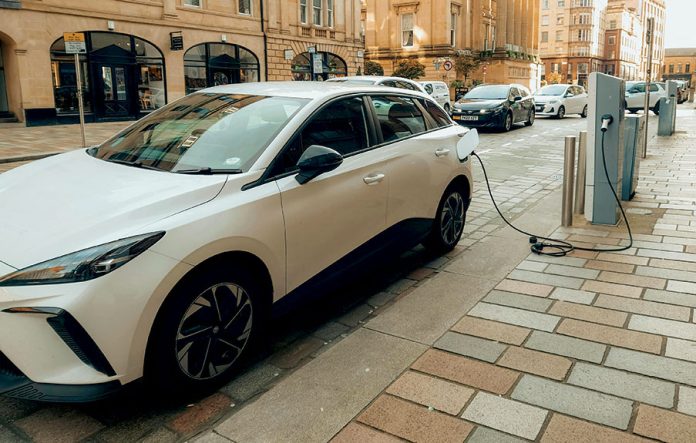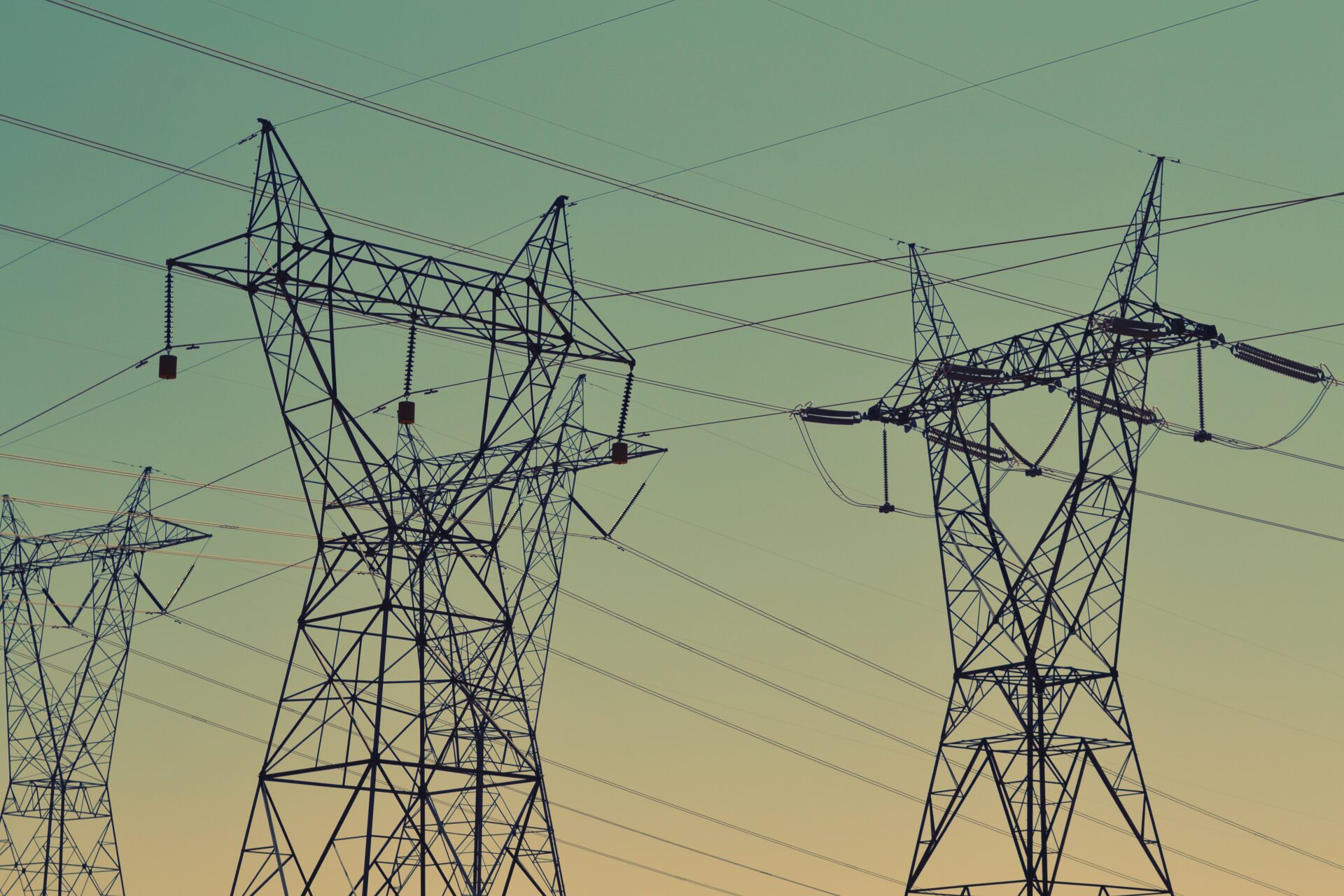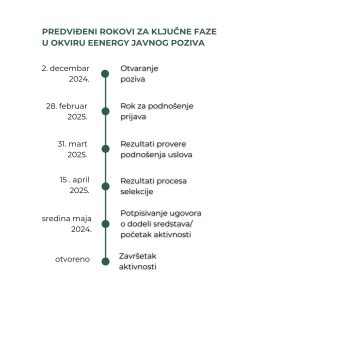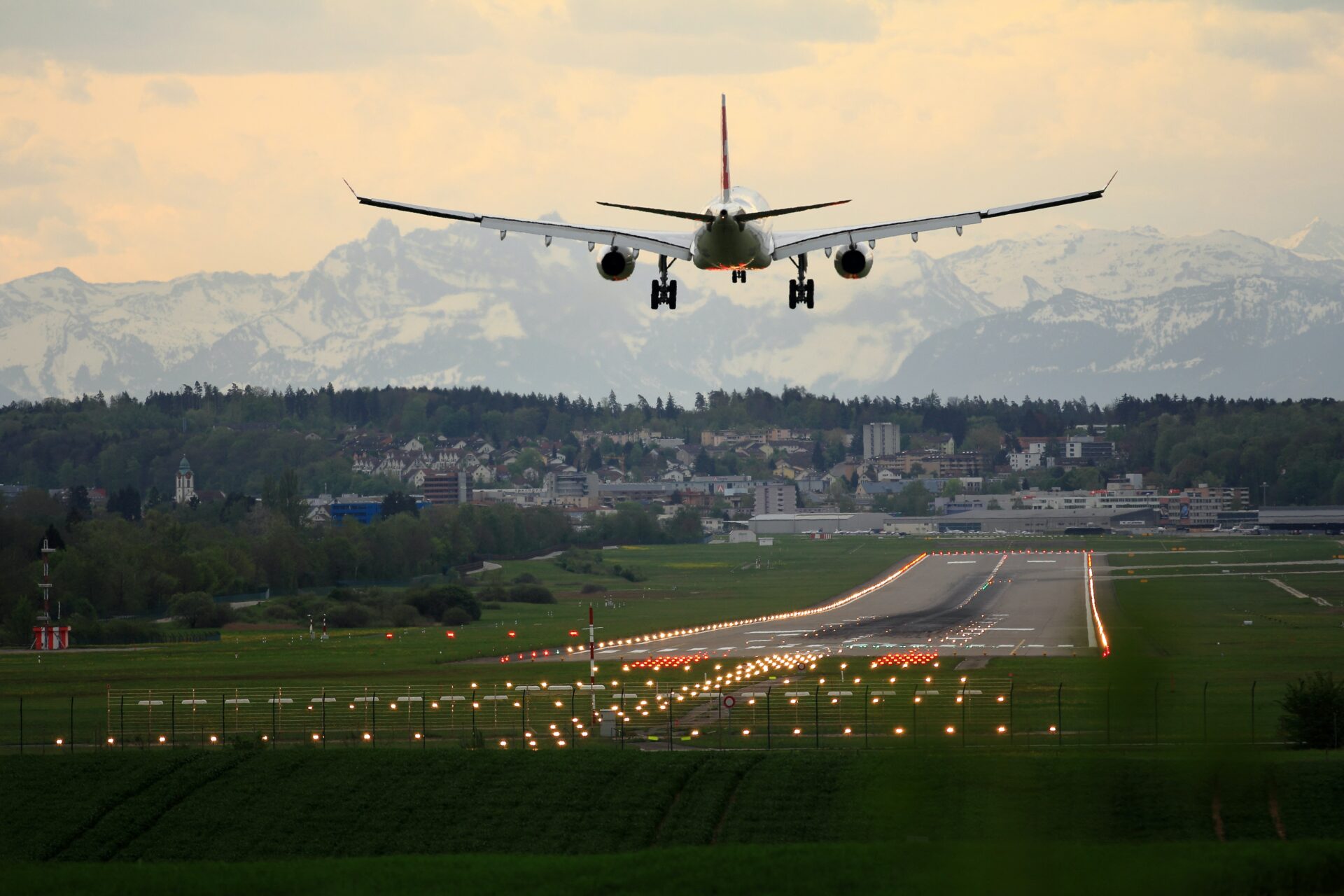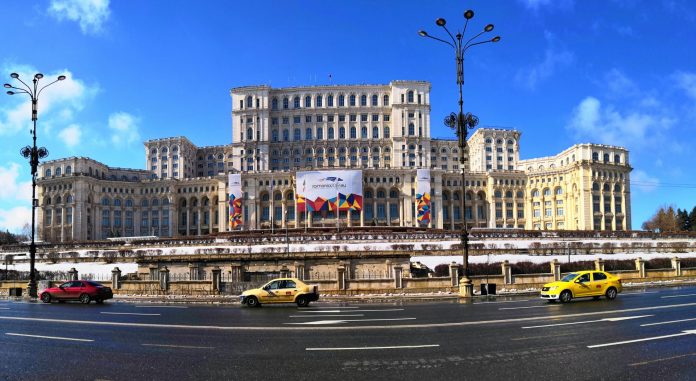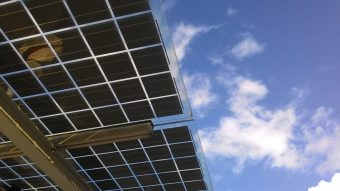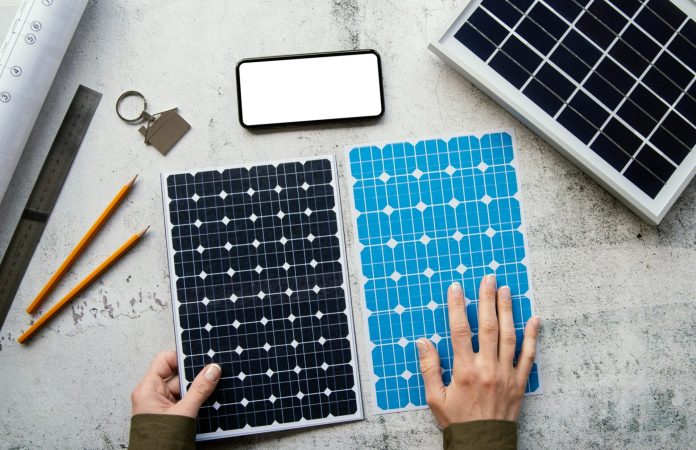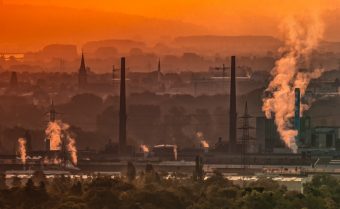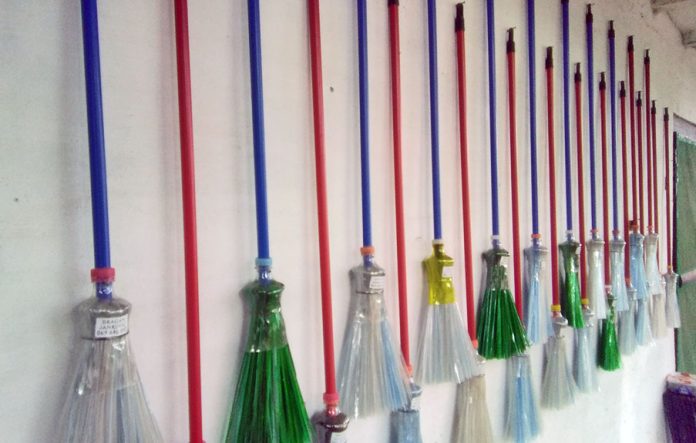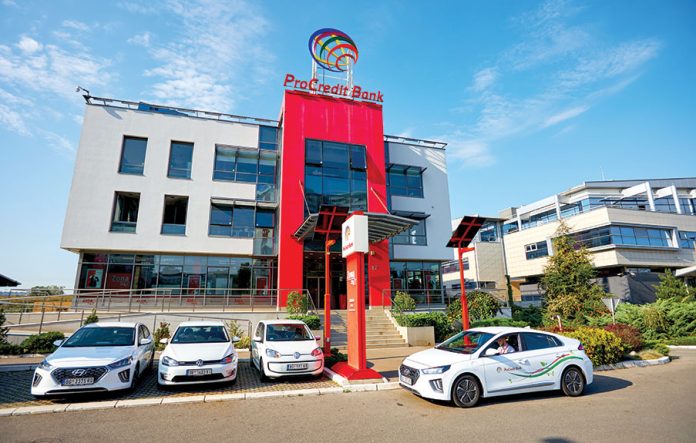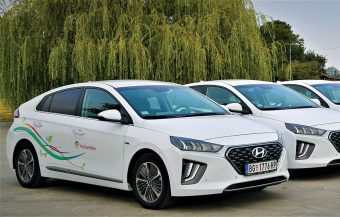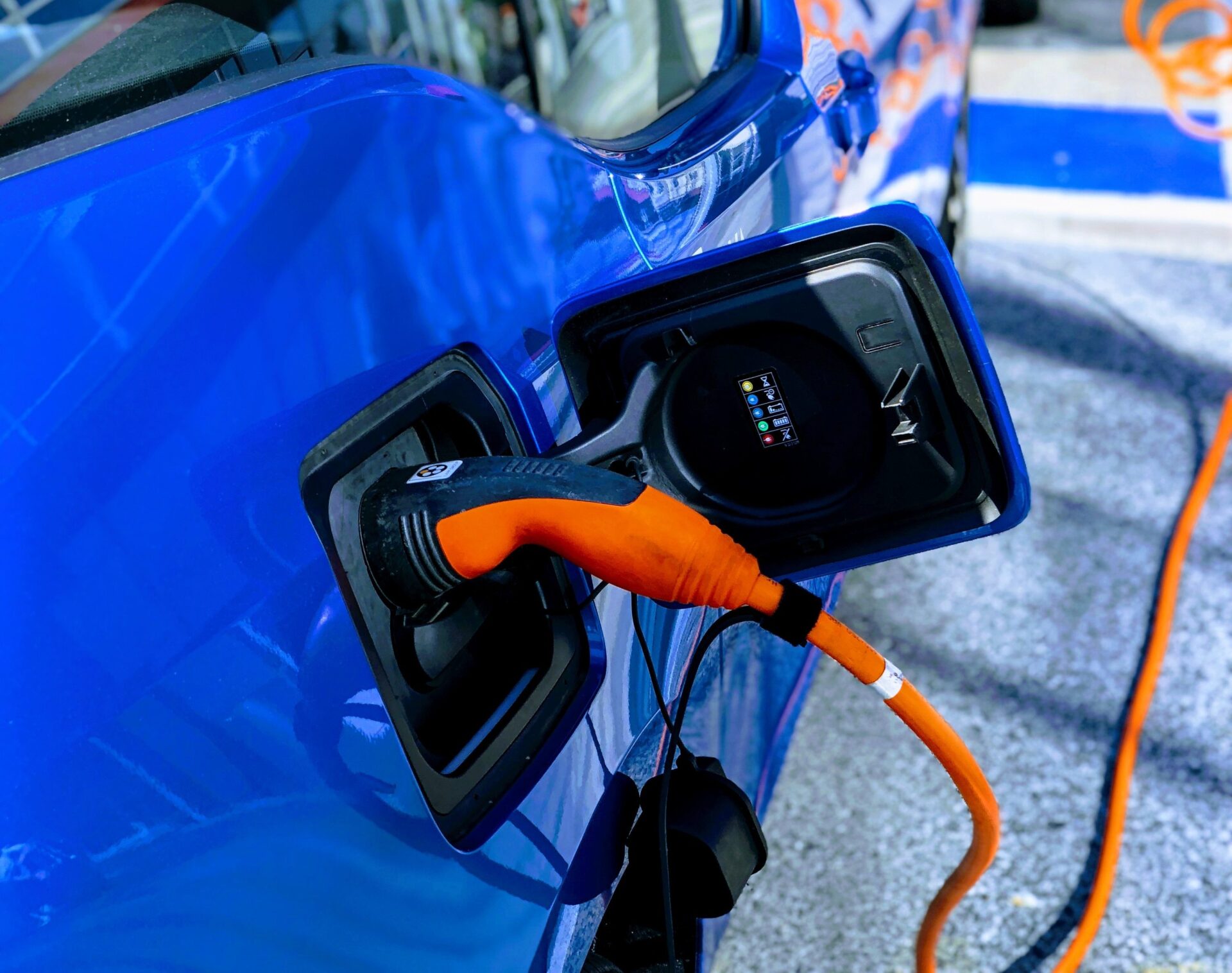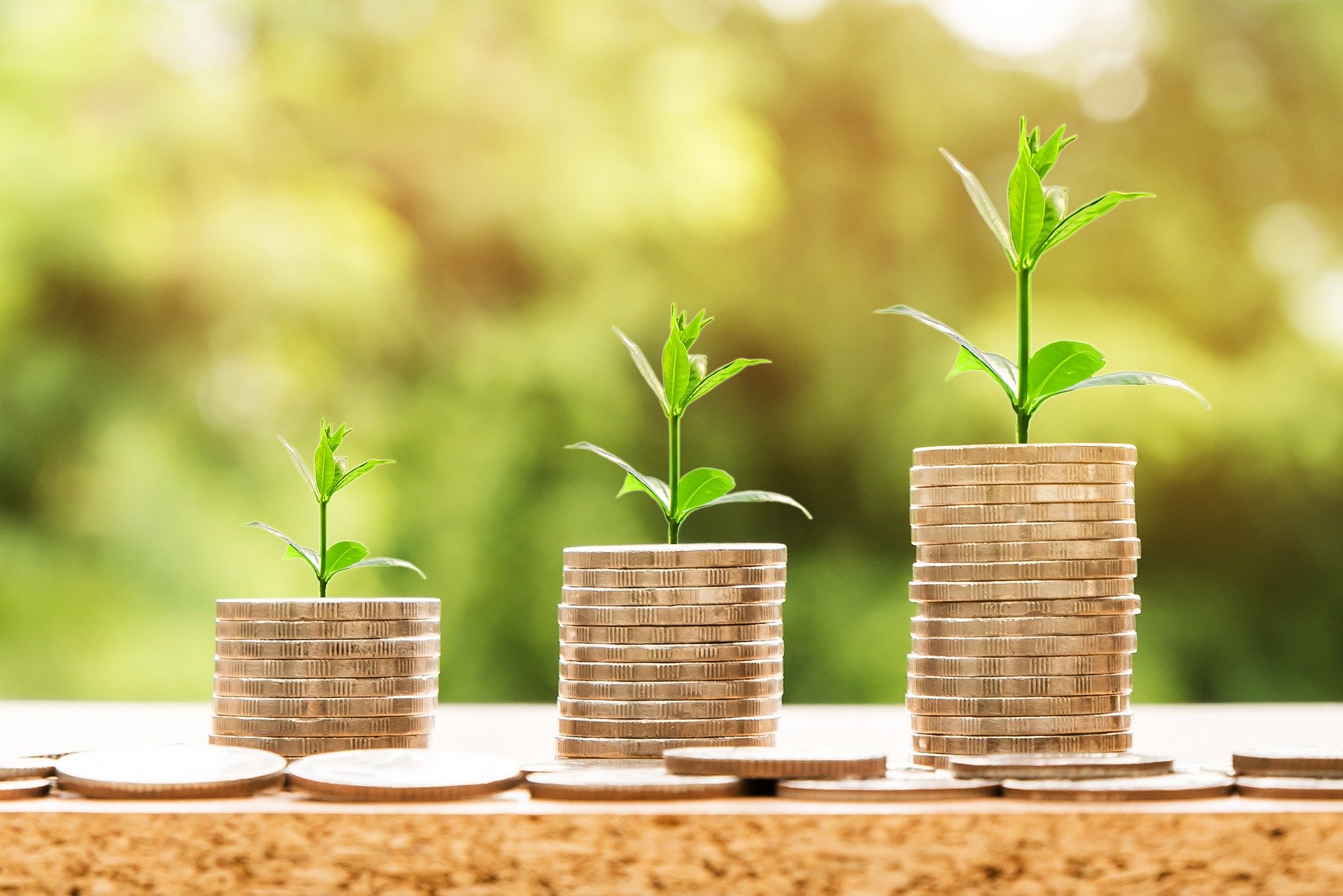Although electromobility has well-known advantages, often discussed in the media, it’s equally essential to highlight its challenges, uncertainties, and concerns. The rise in electric and hybrid vehicles globally has raised important safety questions, especially concerning fire risks.
Although the overall fire risk is lower compared to conventional vehicles, the flammability of batteries presents a significant challenge. The difficulty of extinguishing such fires and the possibility of re-ignition remain critical safety issues in e-mobility. For this reason, we spoke with Zorana Đorić, the manager of the Drive Electric initiative, to help us understand what must not be overlooked when dealing with battery-powered vehicles.
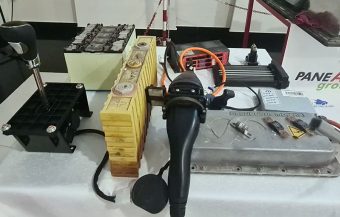
„Statistics show that for every 10 million electric vehicles, about 500 fires are recorded. This means the probability of fire in electric vehicles is 29 times lower than in vehicles with internal combustion engines”, explains Zorana.
However, despite the lower probability, fires in electric vehicles require a much quicker response than in traditional cars. Fires in electric vehicles spread faster, and emergency services often cannot respond within the required timeframe. Moreover, the same fire suppression methods used for conventional vehicles cannot be applied to electric ones. Traditional cars can be extinguished using standard techniques, but battery cooling methods are required for electric vehicles.
Consequently, the global community and individual countries must develop new, more effective safety technologies. While advancements are already being made worldwide, anyone opting for an electric vehicle must acquire the necessary knowledge to handle it properly. One key piece of information for electric vehicle owners is the Emergency Sheet, which indicates the position of safety switches that disconnect the vehicle from power.
IN FOCUS:
- Boosting Green Megawatts for Kragujevac
- Solar Tricycle – A Revolution in Sustainable Mobility
- How Green Zones are Transforming the Urban Landscape
This document contains essential safety information for handling the vehicle in emergencies, including the location of the battery, instructions for turning off main electrical switches to minimize the risk of electric shock, safe points for cutting the vehicle to facilitate rescue operations, and guidelines for effective fire suppression. This sheet is also a critical resource for emergency responders.
Owners must also familiarize themselves with indicator lights, which differ significantly from those found in vehicles with internal combustion engines. These lights warn of faults or conditions that may endanger the driver.
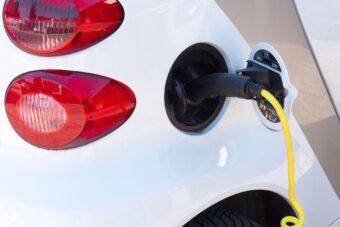
„Electric vehicles are now part of our present and are becoming more common in cities worldwide. It’s human nature to resist the unfamiliar, but that doesn’t exempt us from understanding safety systems and acquiring the necessary knowledge to protect ourselves and others”, Zorana emphasizes.
Professional Training Programs
The Drive Electric team has been involved in electromobility for six years, primarily through technical innovation. They organized the First Battery Conference and the International Symposium on E-Mobility. Over time, however, they realized the need to go further, leading to the creation of the Green Drive Academy. The academy aims to provide in-depth knowledge of systems, technical details, and medical aspects, highlight potential hazards, and explain the differences between electric and conventional vehicles.
The team comprises licensed professionals specializing in electric vehicle maintenance and repair, court experts, mechanical and electrical engineers, and medical experts responsible for health recommendations and safety advice. To conclude, Zorana emphasizes that electromobility has arrived, and we must familiarize ourselves with all its aspects. Her advice: „Be responsible”.
Prepared by Milica Vučković
The story was published in the Energy portal Magazine ECOLOGICAL TRANSPORT.


